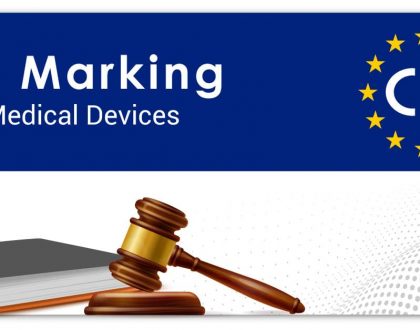Why is regulatory strategy so important?

by Kea Dent
The global medical device regulatory space is becoming increasingly complex, making a well defined and researched regulatory strategy vital for medical device and in-vitro diagnostic (IVD) companies. With many changes planned for the next few years, a regulatory strategy ensures that you are well informed and aware of all existing requirements as well as any new or updated ones, which may impact the marketing of your device. We define the regulatory strategy as the ‘roadmap to market’ – because this describes the regulatory requirements that need to be addressed.
There are a number of questions that you need to consider when developing a regulatory strategy.
1. Intended use
Consider the intended use and design of your device as well any claims you make about the product.
What are the proposed indications for use? You need to decide about the proposed indications for use that will be described in the instructions for use.
An important distinction is between the ‘intended use’ which is precisely what your product is used for, whereas ‘indications for use’ are the situations and reasons where and why you would use your device. Both of these must be very clear and definitive, so it may take several iterations of these statements to get the wording correct; it is important so take the time to get it right.
Another question to be addressed is, what is the regulatory classification of your device for each market in which you will be selling your products? In particular you must know whether the stated intended use changes the classification in any of those markets.
2. Device design
Questions about the design of your device relate to the unique characteristics that are integral to the product. How could this impact the ability to demonstrate substantial equivalence with competing devices in certain markets? In particular, what will be the final product configuration and how does this impact the regulatory classification?
3. Product claims
Your regulatory strategy will also need to address product claims. Questions need to be asked like, are these claims unique? How will the claims be demonstrated? What avenues are available to demonstrate the claims?
The claims you make about your product must be able to be demonstrated, you are also required to prove that the minimum performance and safety requirements have been met.
4. Regulatory requirements
The production and marketing of medical devices must comply with regulatory and quality management system requirements. What are the initial and longer-term markets? Consider, which requirements should be addressed now, and which requirements may be addressed at a later stage?
You should also ask questions about what has gone wrong with competing devices. A review of regulatory websites for lists of adverse events ensures that risk mitigations are implemented to help with ensuring that the same mistakes are not repeated.
Keeping up with regulatory requirements
It is important for medical device and IVD manufacturers to regularly review their processes and practices to ensure compliance with all legislation and standards.
KD&A can support you with developing your regulatory strategy. A regulatory strategy is critical as it maps the requirements to achieve successful market entry. For further information, please contact us and visit our web site:
Recommended Posts

January 2024 Updated Guidance – System or Procedure Packs
February 28, 2024

Guidance on the vigilance system for CE-marked devices and the Device Specific Vigilance Guidance (DSVG) Template
February 19, 2024

TGA Fees and Charges Proposal 2024-25
February 1, 2024
